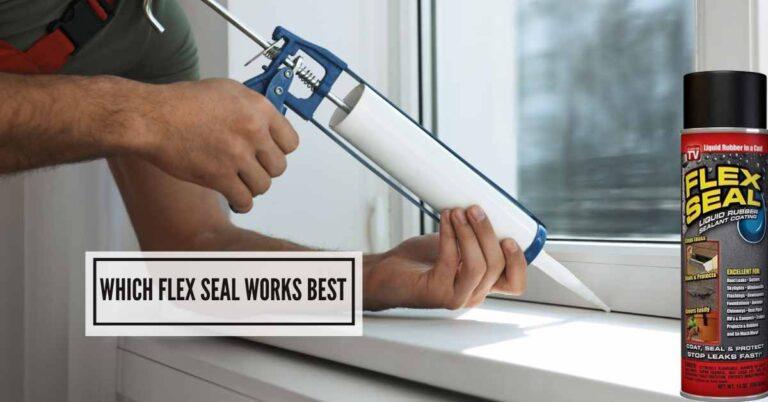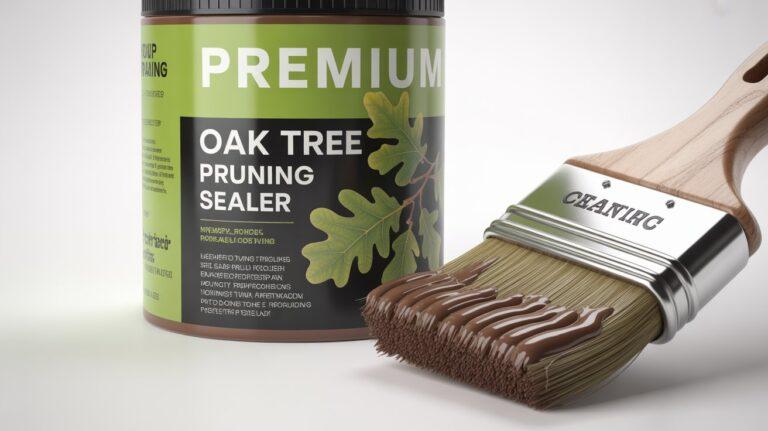Sealing Secrets: How to Seal Around Baseboard Heating Pipes
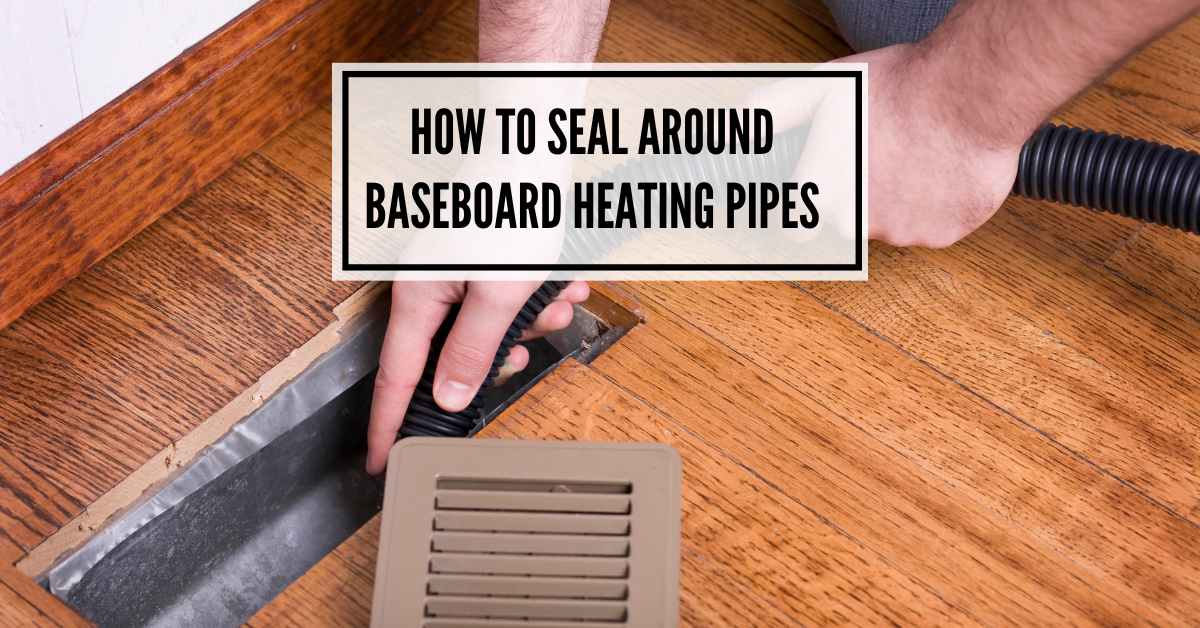
Does the baseboard of your heating pipes have any gaps or openings? If so, it can compromise the energy efficiency of the heating system. Plus, a massive amount of air leakage will occur. Dust, allergens, and other pollutants may enter your house.
Your interior area will have many cold spots. It will fail to create a comfortable living space. You can imagine how important it is to seal baseboard heating pipes. But how to seal around baseboard heating pipes? This article will give you a clear overview of this topic.
Why Should You Seal Around Baseboard Heating Pipes?
Are you wondering about the benefits of sealing around baseboard heating pipes? Here is why you should seal it!
- It will create an energy-efficient heating system by preventing minimal air leakage.
- Your monthly electricity bill will be reduced as the heating system will take less time to heat the indoor area.
- It will help you enjoy a consistent, comfortable, and evenly distributed indoor temperature throughout the whole living space.
- There will be minimal dust, allergens, and other pollutants inside the house as no gaps or openings exist.
- You won’t have to worry about mold growth from moisture intrusion.
- It will protect mice and other pests that could enter through minimal gaps.
What Sealant to Use to Seal Around Baseboard Heating Pipes?
A lot of sealants are available for sealing baseboard heating pipes. But not all of them are reliable.
01. Spray Foam Insulation
One of the best options is spray foam insulation or canned foam. They are mainly made of polyurethane and isocyanate.

These two compounds have a chemical reaction. They expand and harden after applying them to a particular object.
You can use this foam sealant for pipes to seal gaps and cracks up to 1 inch in size. This high-density foam has a unique cell structure to provide long-lasting protection.
It takes around 12 hours to let it fully cure. Let the canned foam dry overnight and cut the excess foam the next day.
02. 3M Firestop Sealant
If you want a more easy-to-apply solution with higher expansion capabilities, 3M Firestop Sealant is the best choice.

They are generally made of silicone, ablative, intumescent, or any other fire-resistant materials. Firestop Sealants are an excellent choice to seal gaps or openings.
They are mainly used to give increased protection against fire hazards. Firestop Sealants can withstand higher temperature temperatures.
However, you can use them to seal baseboard heating pipes as they expand and harden more than regular sealants.
03. Silicone Sealant
Another popular option is a high-temperature silicone sealant. They are a perfect choice to fill small openings of baseboard heating pipes.
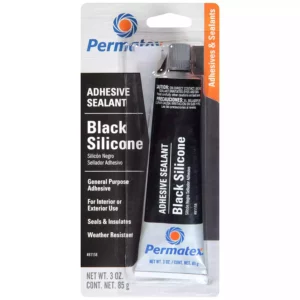
This high-heat silicone sealant can withstand up to 75°f To 450°f (-59°c To 232°c) temperature. Heat, vibrations, and shocks will cause minimum damage to them.
Make sure to dry them properly to create a powerful, long-lasting seal. It is best to wait for 24 hours to get the best result.
How to Seal Around Baseboard Heating Pipes?
Are there any openings in your baseboard heating pipes? It is necessary to cover baseboard heating pipes to prevent air leakage and other issues.
The followings are step-by-step guidelines to seal around baseboard heating pipes appropriately.
Step: 01— Preparing the Area
The first important task is switching off the baseboard heaters. Working while the heating system is hot may lead to scalding or injuring yourself.
The gaps of the baseboard heating pipes may have some dirt, dust, debris, pet dander, or hair. Use a damp fabric or mild detergent to clean the openings properly.
If the dirt is a bit hard, use a utility knife to remove them. But avoid putting too much pressure.
Place an old sheet of paper beneath the last portion of the pipe. This will help you protect the floor from any dripping or spilling.
Step: 02— Preparing the Sealant
Before applying the spray foam insulation or other sealant, it is necessary to shake the canister several times.
This will help you forcefully mix the drug and propellant and create an evenly distributed mixture.
Now, insert the straw into the actual hole carefully. Make sure it has a firm fit into the nozzle. This will ensure a consistent and precise application as you press the nozzle.
Step: 03— Applying the Sealant
Hold the spray foam canister in a bottom-up position and bring the nozzle near the opening area.
Start applying the sealant slowly in a small amount. Fill the lower portion first and then gradually work on the upper portion.
Avoid overfilling or blocking the pipe. It is best to apply a thin layer of sealant several times instead of a single thick layer.
Continue to apply the spray foam until the entire gaps are covered.
Step: 04— Drying the Sealant
After applying the spray foam appropriately, let it dry for hours. The curing time can be 30 minutes to several hours.
Follow the instruction manual to figure out the actual drying time. Make sure not to touch it until it is thoroughly dried.
As the foam insulation dries, it gradually expands, creating an airtight seal.
Step: 05— Trimming the Extra Foam
Don’t you see extra foam around the gaps once they are fully cured? It happens due to their expansion nature.
Grab a pair of scissors, or utility knife, or an electric saw to make clean cuts. Cut the foam carefully without damaging the pipes or nearby areas.
Remove excess foam and other things that fall on top of the old sheet paper. Dispose of the waste into the dustbin.
That’s it! Give a pat on your back! Turn on the heating system to check out whether you can still have any air leakage. If there is still any air leakage, reseal the repair gaps following the same steps.
Bonus Tips for Sealing Baseboard Heating Pipes
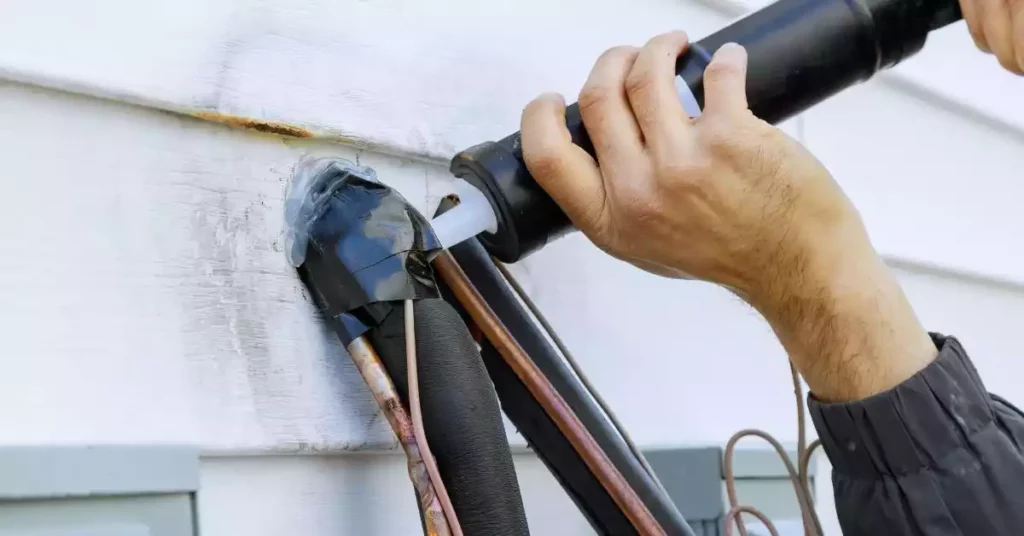
- Use the appropriate sealant to get the best result. Spray foam insulation, 3M Firestop sealant, and silicone sealant are the best choice for sealing baseboard heating pipes.
- Measure how many gaps, openings, or cracks are inside the heating pipes. Take enough time to apply the sealant properly.
- Regardless of the sealant you use, don’t forget to go through the manufacturer’s instructions carefully. There might be some essential info you must acknowledge.
- If the gaps or openings inside the pipes are too large, use backer rods to prevent the sealant from sinking too deep into the pipe.
- Make sure to maintain the standard curing time mentioned in the manufacturer’s instructions. This will help you achieve the most effective seal.
- Add inside the heating pipes on top of the area where you want to seal to prevent mice or other pests enter into the pipe.
- Regularly inspect the sealant as it doesn’t last a lifetime. You will have to reseal it after a specific time.
FAQ’s
Why is sealing around baseboard heating pipes important?
Sealing prevents heat loss, saves on energy bills, and deters pests from entering your home.
What type of sealant is best for baseboard heating pipes?
A high-temperature caulk is recommended for baseboard heating pipes.
How often should I reseal around my heating pipes?
It’s a good practice to check the seal annually and reseal if necessary.
Can I seal the gaps myself?
Yes, sealing can be a DIY project, but for larger gaps or complex areas, consider hiring professionals.
What are the environmental benefits of sealing?
Sealing reduces energy consumption, leading to a reduced carbon footprint.
Are there alternatives to sealants?
Yes, weatherstripping and pipe insulation are effective alternatives.
Summing UP
If you want to maintain a comfortable temperature inside your home, it is necessary to prevent cold air from getting inside your home.
Any gaps or openings in your heating pipe are more likely to invite cold air and prevent the heating system from creating a comfortable internal environment.
I have already mentioned how to seal around baseboard heating pipes. You can use various types of sealants. But it is best to consider each and choose the most well-suited.

I am Robert Sandin, a professional sealing expert with a diverse range of expertise. From concrete to various other materials, I possess in-depth knowledge and experience in the art of sealing. On my website, I offer valuable tips and expert recommendations on sealing techniques and products for different materials. Whether it’s concrete, wood, metal, or more, I am committed to providing you with the guidance you need for successful sealing projects.




